Cleaning products are essential for maintaining a clean and hygienic environment. However, it is crucial to use these products safely to avoid any potential risks or adverse effects. In this blog post, we will explore the best practices and guidelines for using cleaning products safely, ensuring both cleanliness and personal well-being.
- Understanding Cleaning Product Labels:
Before using any cleaning product, it is vital to carefully read and understand the labels. Labels provide valuable information about the product's ingredients, usage instructions, and safety precautions. Pay attention to any warnings or cautions mentioned, such as wearing protective gloves or avoiding contact with eyes. - Proper Storage:
Storing cleaning products correctly is essential for maintaining their effectiveness and preventing accidents. Keep them out of reach of children and pets, preferably in a locked cabinet or high shelf. Avoid storing cleaning products near food items or in extreme temperatures, as this can affect their stability and potency. - Ventilation:
When using cleaning products, ensure proper ventilation in the area. Open windows or doors to allow fresh air to circulate, especially when working with strong chemicals. Adequate ventilation helps minimize exposure to potentially harmful fumes and improves air quality. - Personal Protective Equipment (PPE):
Depending on the cleaning product being used, it may be necessary to wear personal protective equipment. This can include gloves, goggles, masks, or aprons. PPE acts as a barrier, protecting your skin, eyes, and respiratory system from direct contact with chemicals and potential splashes. - Dilution and Mixing:
Some cleaning products require dilution before use. Follow the instructions provided to ensure the correct ratio of product to water. When mixing cleaning solutions, always add the product to water and not the other way around. This helps prevent chemical reactions or splashes that could cause harm. - Test in Small Areas:
Before using a cleaning product on a large or visible surface, it is advisable to test it in a small, inconspicuous area. This allows you to check for any adverse reactions or damage that the product may cause. If no negative effects are observed, proceed with confidence. - Avoid Mixing Different Products:
Mixing different cleaning products, especially those containing bleach or ammonia, can produce toxic fumes or chemical reactions. Always use one product at a time and ensure proper rinsing before switching to another. This prevents the risk of harmful reactions and protects your health. - Proper Disposal:
When disposing of cleaning product containers, follow local regulations and guidelines. Some products may require special disposal methods due to their chemical composition. Avoid pouring cleaning products down the drain unless explicitly instructed to do so, as they can harm the environment.
Conclusion:
Using cleaning products safely is essential for maintaining a clean and healthy living or working environment. By understanding product labels, practicing proper storage and ventilation, using personal protective equipment, and following recommended guidelines, you can ensure effective cleaning without compromising your well-being. Remember, safety should always be a priority when using cleaning products.
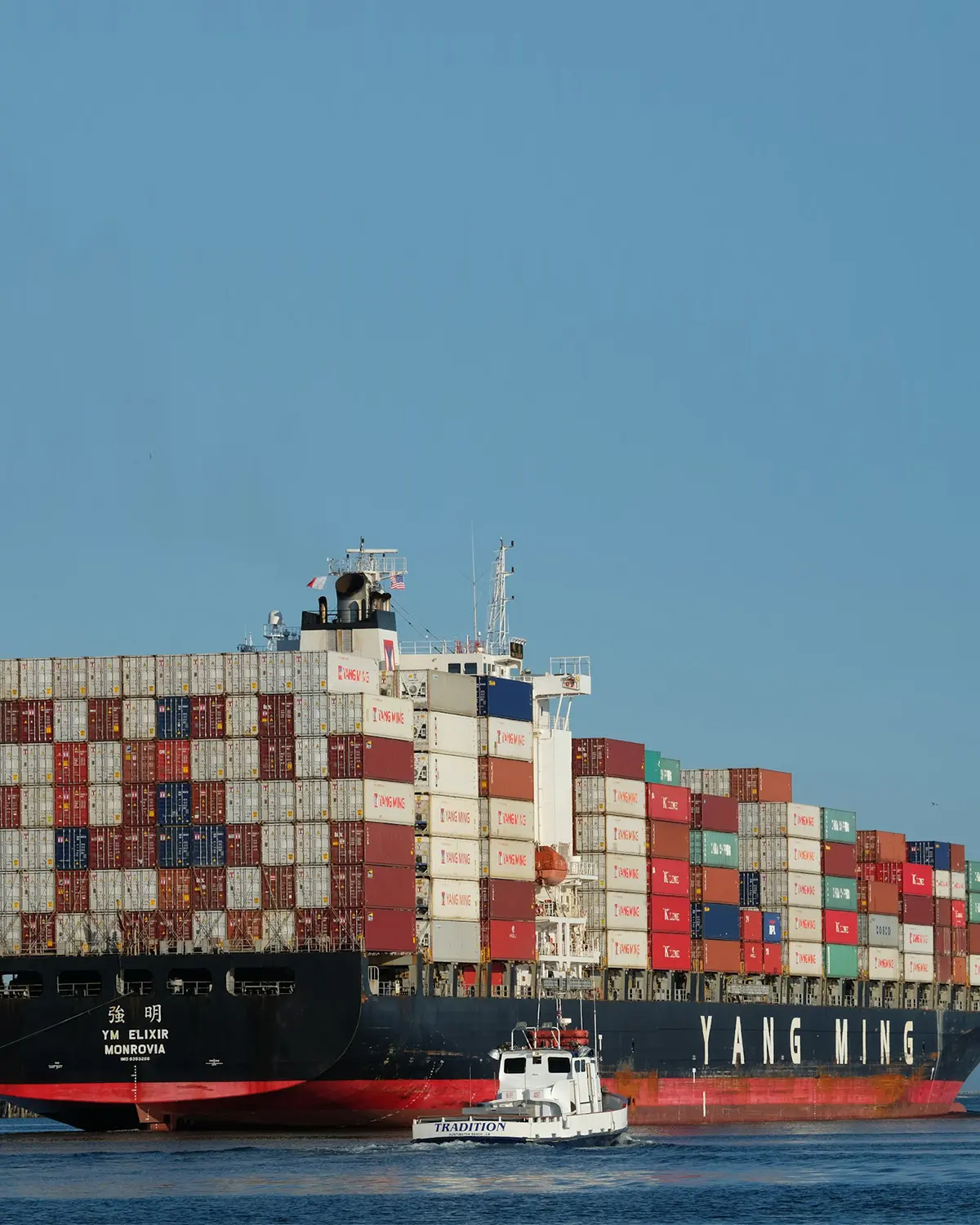
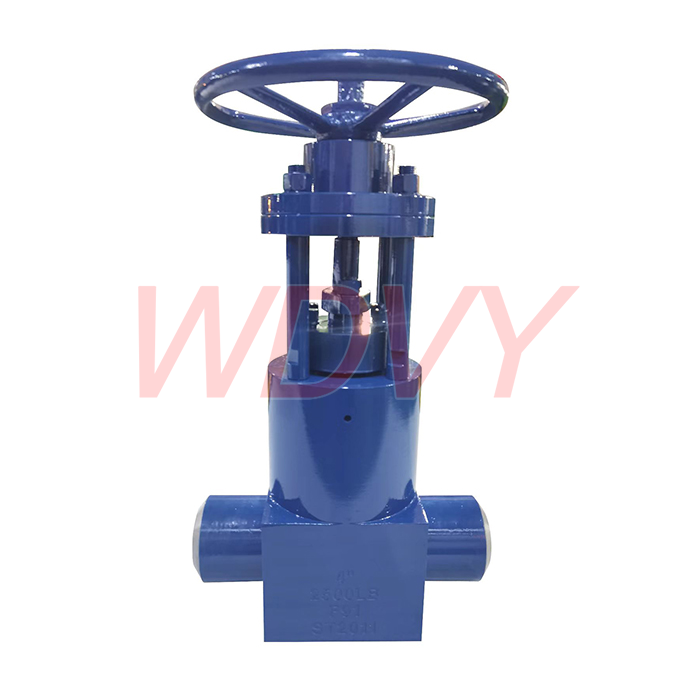
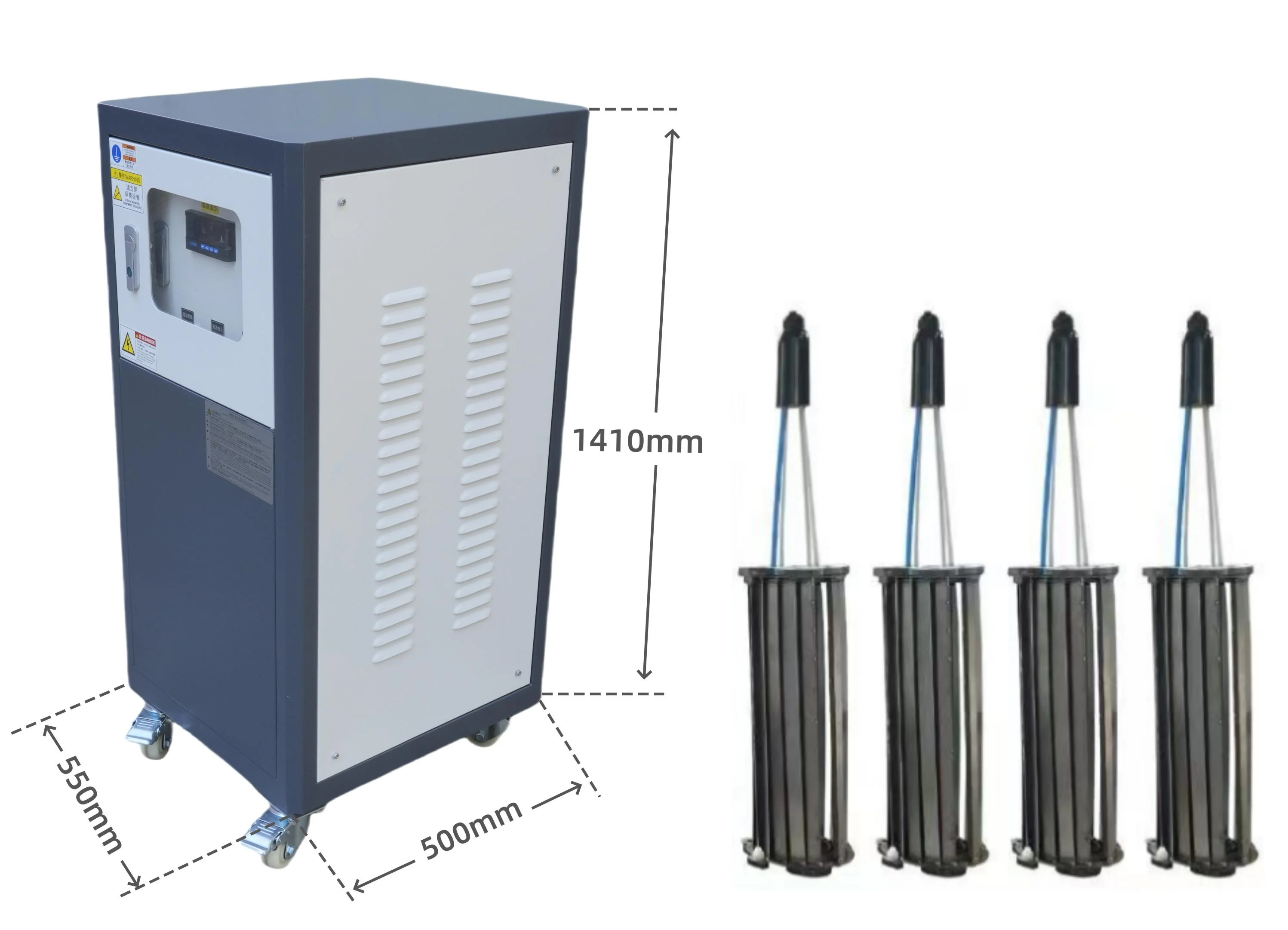

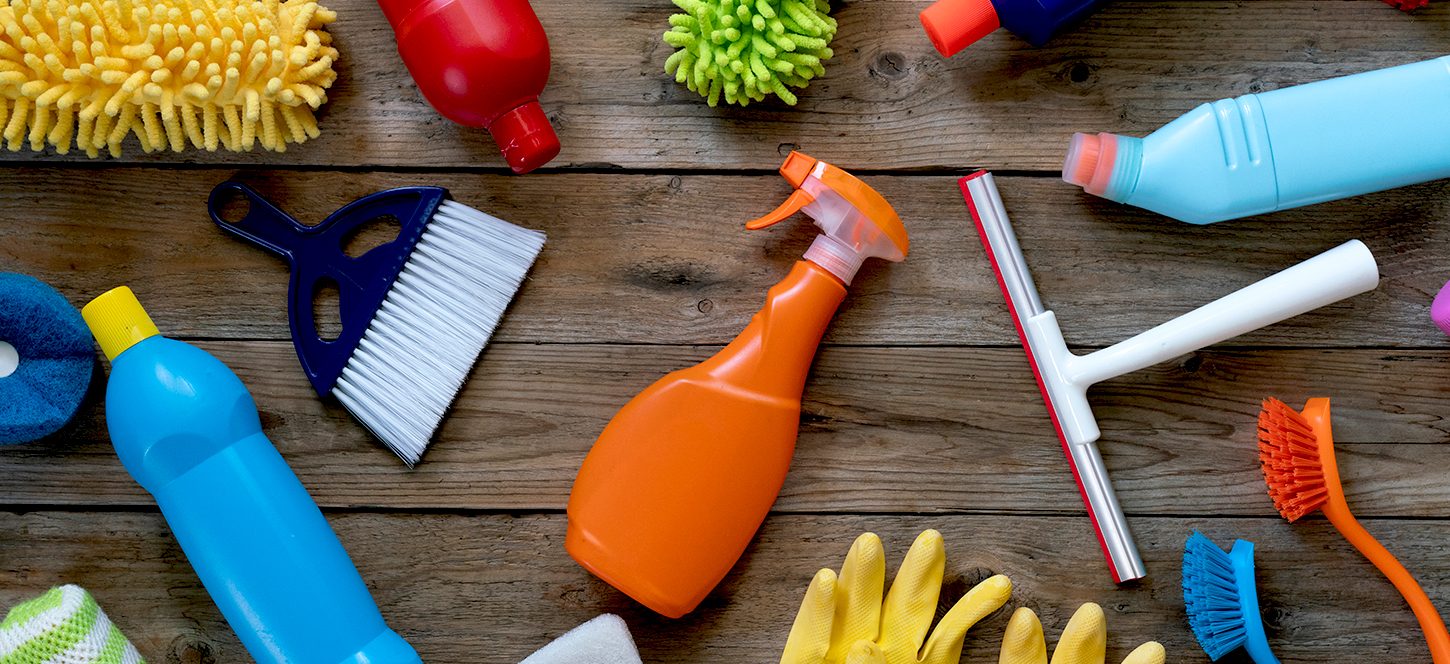



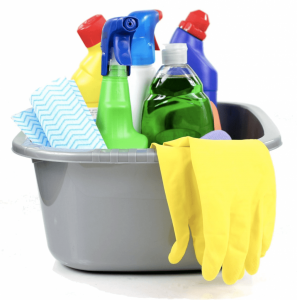

+ There are no comments
Add yours